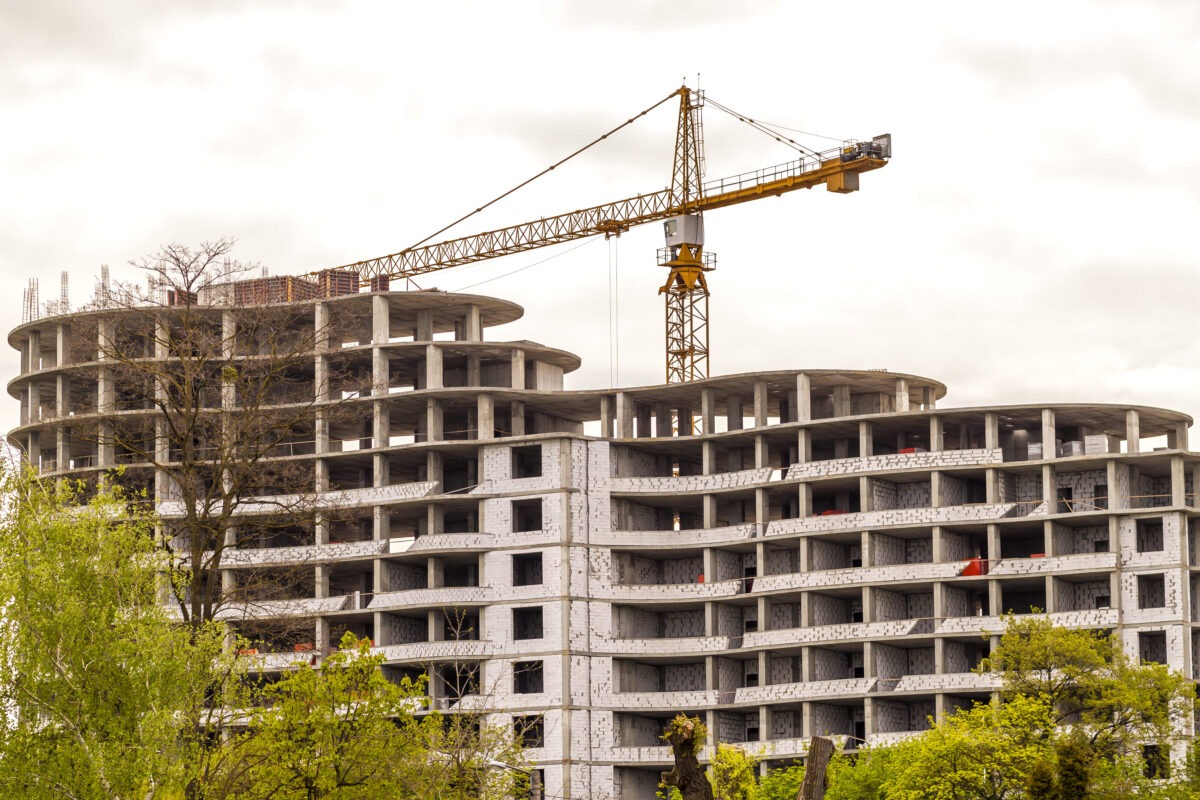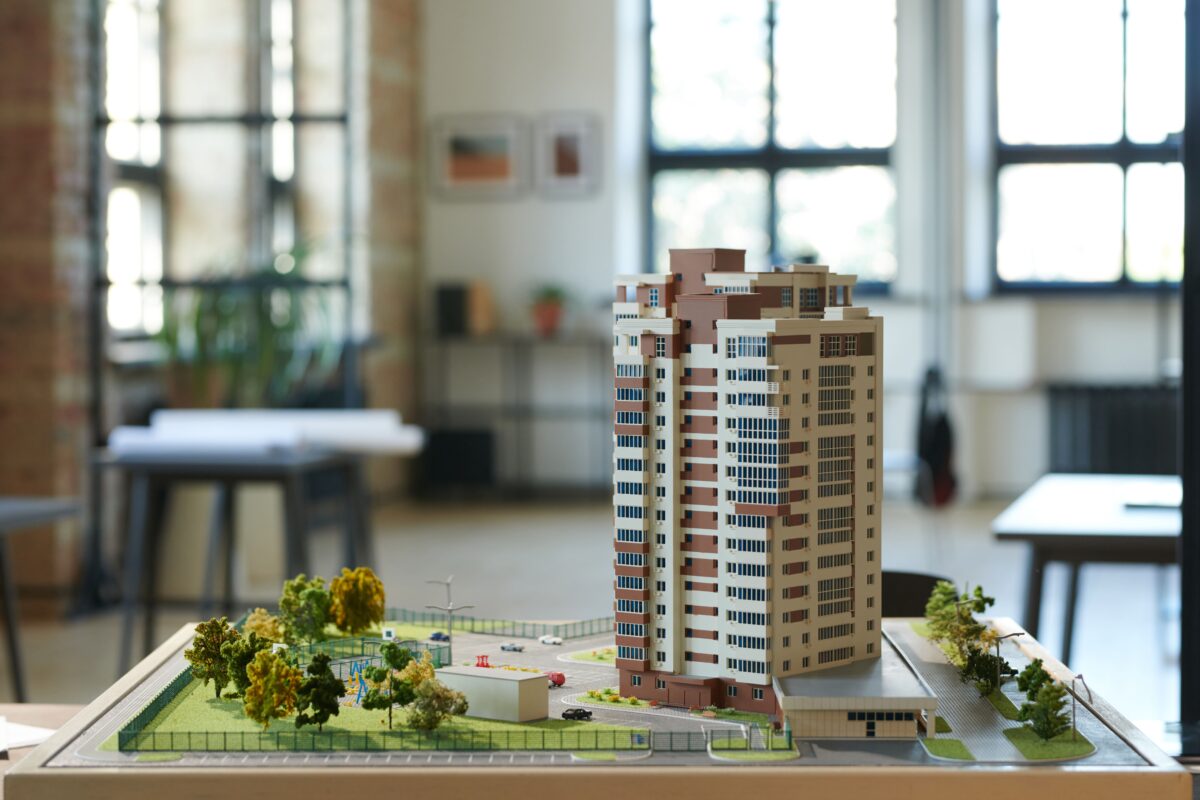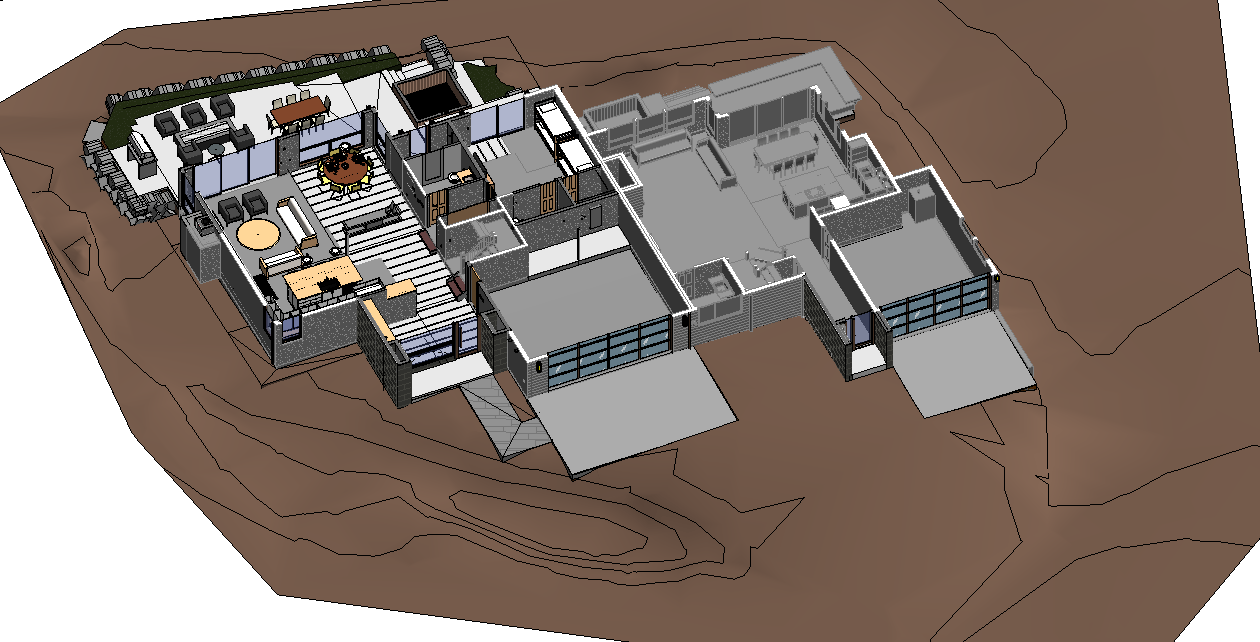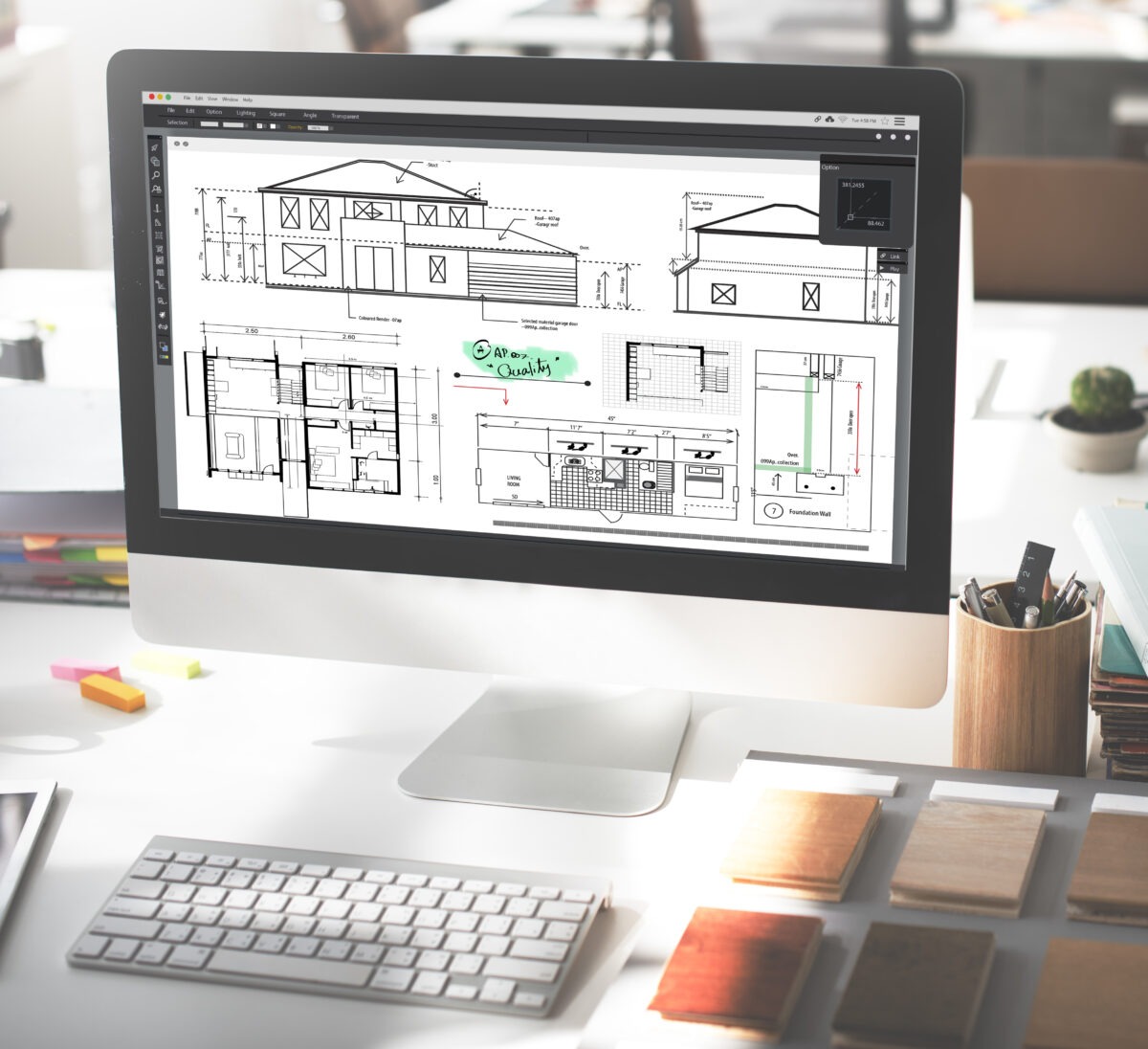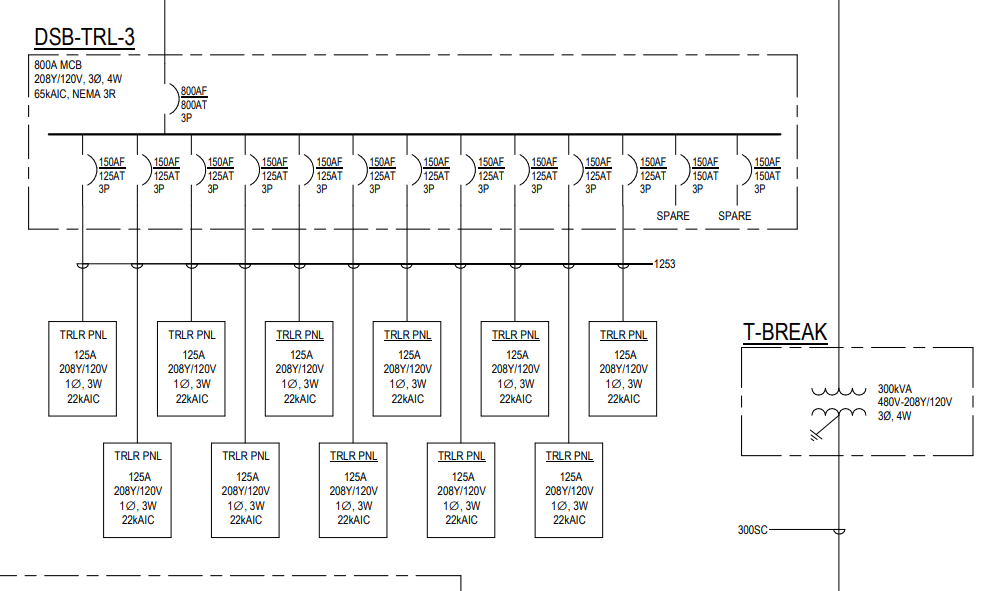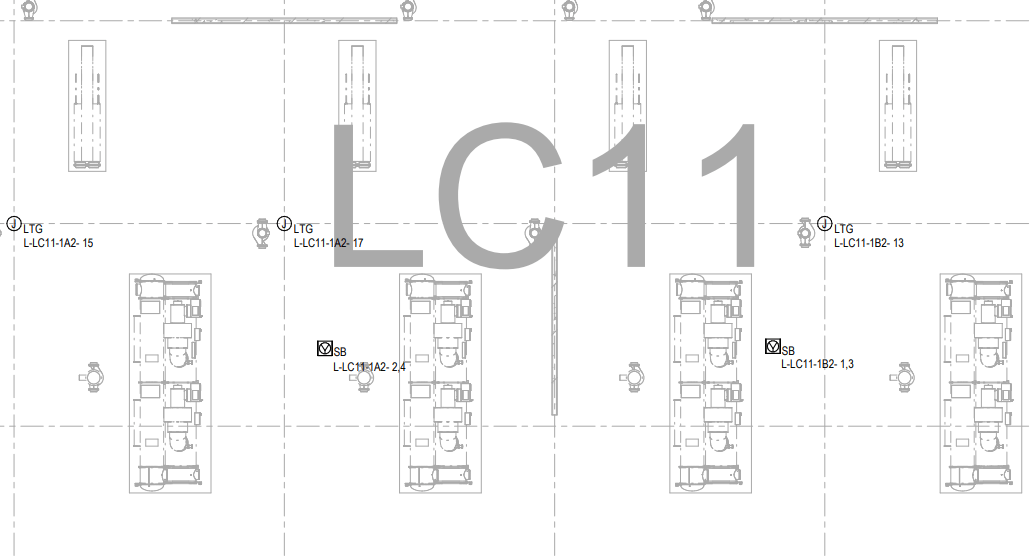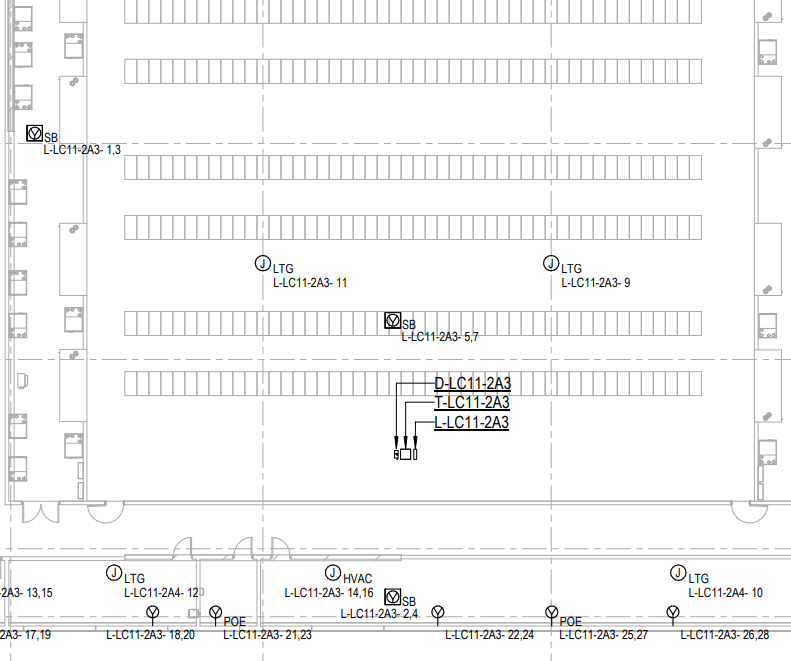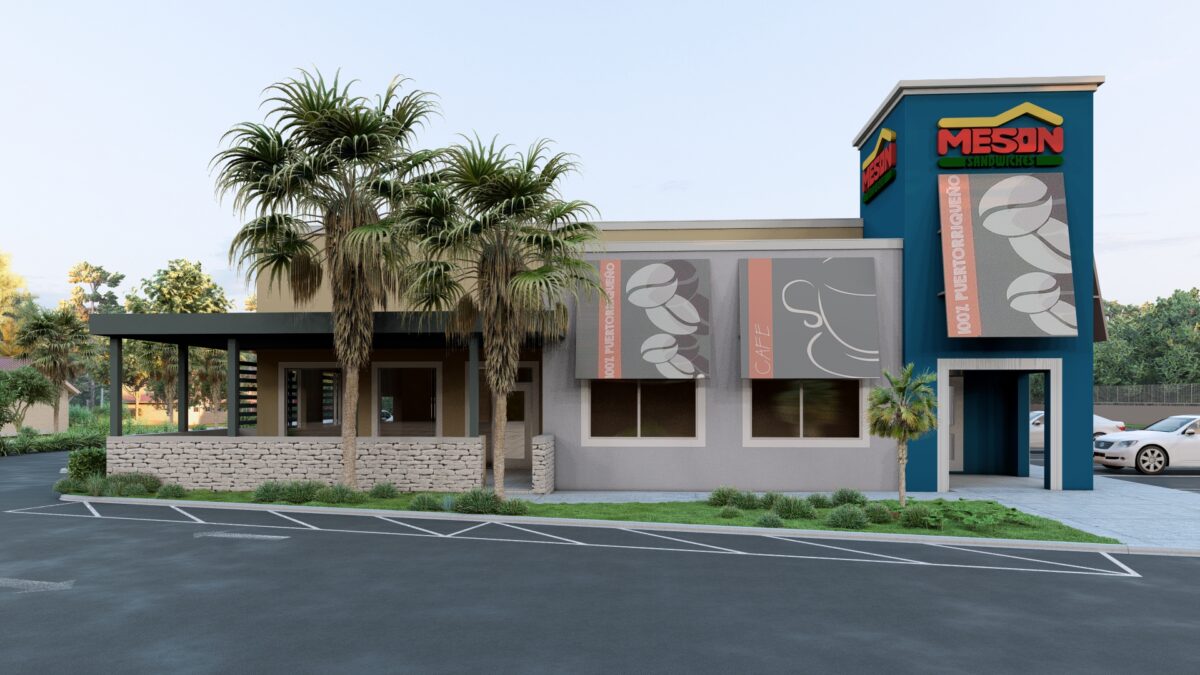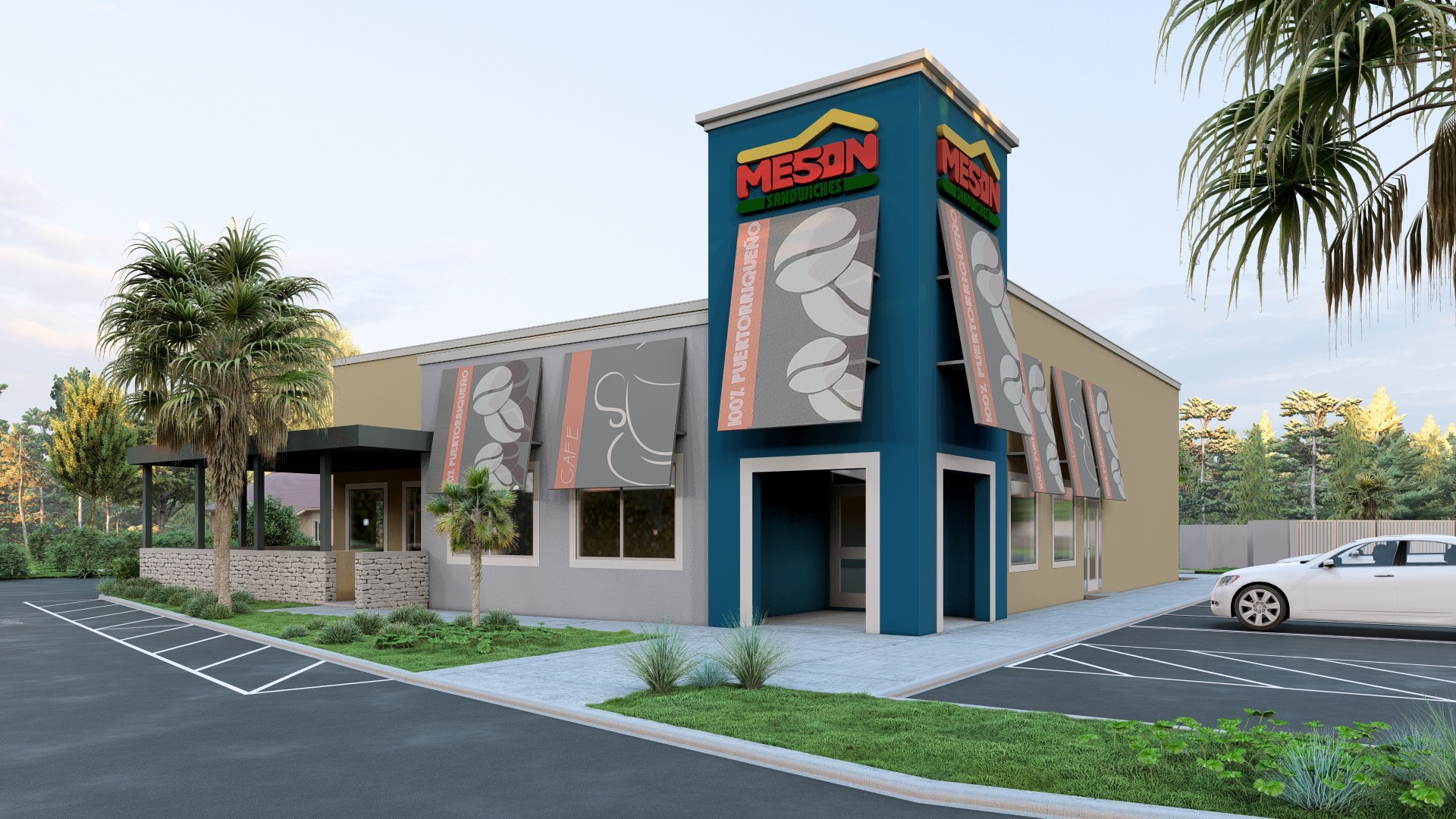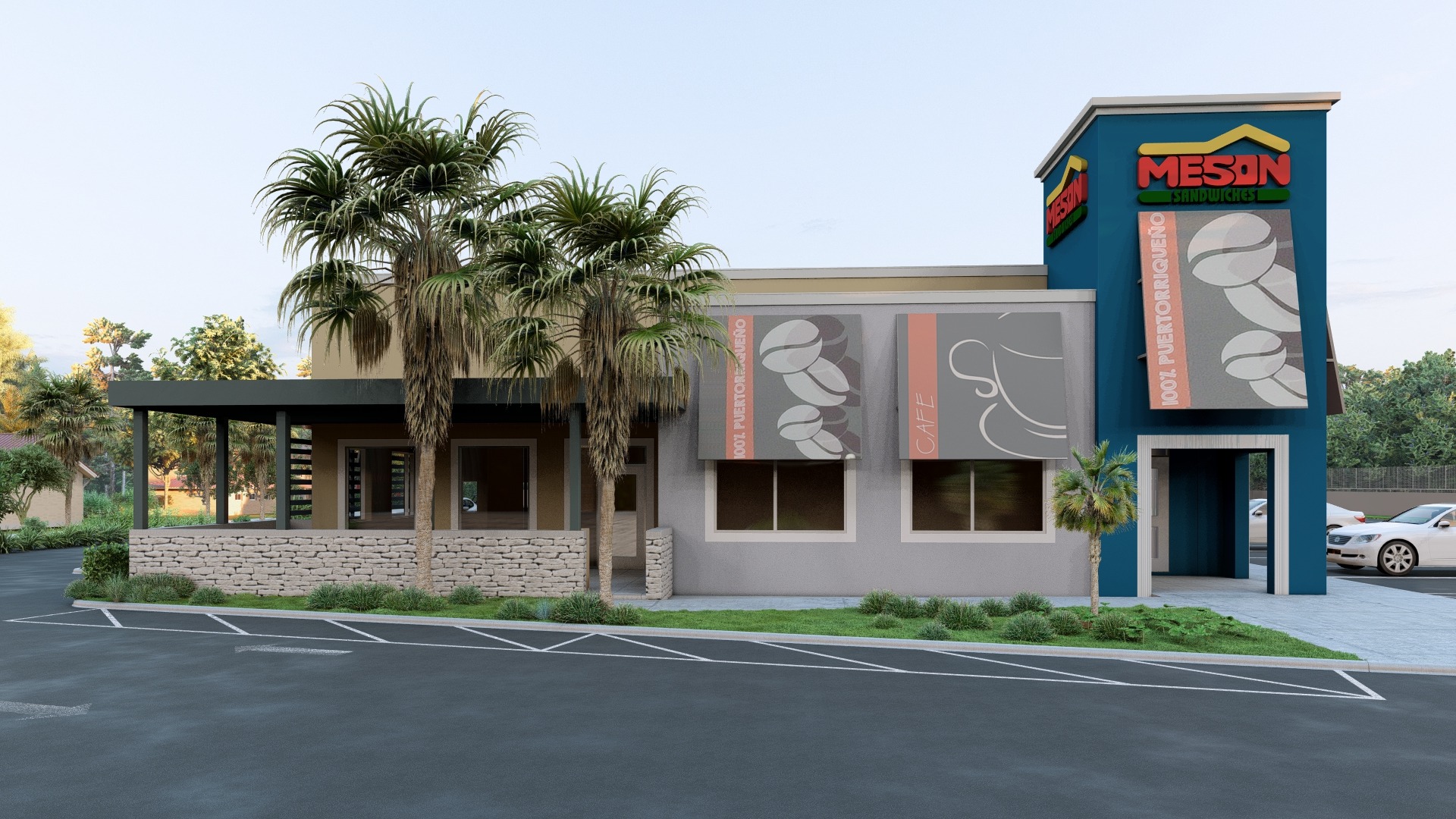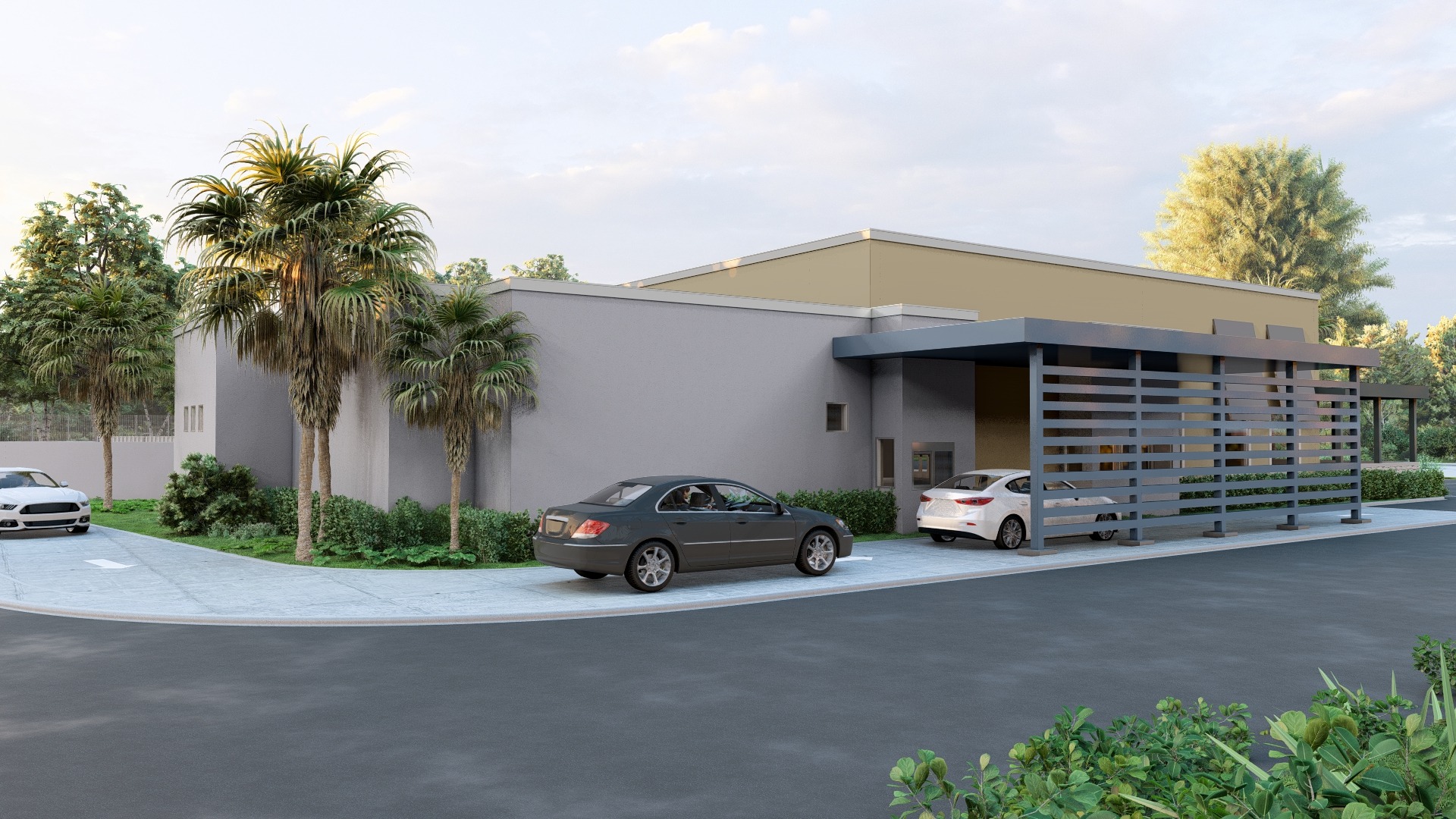In American construction, municipal permit delays remain one of the costliest bottlenecks.
In 2024, Forest Economic Advisors released a report after thoroughly reviewing the US Census Bureau’s latest Survey of Construction, and it found that between 2015 and 2023, the average permitting timeframe had increased significantly.
About the same time, the White House also launched a report detailing the average time for permit approvals across different cities. While in Boston, the time is on average 7.5 months; in New York, it is about 30 months; and in San Francisco, it is around 33 months.
Well, such delays are triggered by manual, paper-based workflows and fragmented communication across jurisdictions. The result? U.S.-based AEC firms are facing increasing expenses, tight schedules, and dissatisfied clients waiting for sanctions.
Fortunately, e-permitting, or digital permitting, has come to the rescue. Honestly, they are changing the “delay” story. Currently, online submission platforms, digital plan sets, and cloud collaboration facilitate firms in submitting more comprehensive applications quickly and tracking their progress in real time.
Challenges with Traditional Permitting
Municipal approvals generally entail thorough documentation and coordination. Engineers and architects are usually responsible for preparing printed plans, in-depth reports, and multiple copies of each document. These paper-based submissions lead to prolonged review cycles because reviewers manually examine every sheet. Even the smallest errors or missing details compel resubmissions, which ultimately result in delays.
In the meantime, communication gaps among authorities and firms contribute to uncertainty. What happens is that each party seldom waits for weeks, even months, to hear back on the permit’s status. Complicated jurisdictional norms further increase the challenge. It mostly happens because there is a good chance that each city or county office may interpret the codes differently. Such dispersed pieces of information cause schedules to be deferred and budgets to grow.
Besides, overwhelmed reviewers and rigid procedures make transparency scarce. AEC businesses rarely get to see the status of their applications until a review is complete. This “black box” environment amplifies the risk of missing deadlines or losing contracts. As a result, the conventional workflow inherently lengthens project timeframes.
Key Benefits of Digital Submission Platforms
Shifting permit documentation online resolves the majority of the classic problems. For instance, an industry report finds that e-permitting enables authorities to issue building permits up to 80% faster than traditional paper-based systems.
In reality, digitizing the review process means applications can be processed nonstop rather than waiting for manual delivery and stacking. Typically, an e-permit portal or digital submission platform allows around-the-clock workflow. On such platforms, applicants can upload all forms and drawings remotely and check the status on any device.
Some key advantages are the following:
- Remote online filing enables teams to submit applications 24/7 and keep track of each submission’s status from a user-friendly dashboard.
- Built-in automation (involving data validation and completeness checks) detects errors early. Consequently, reviewers spend less time searching for missing data.
- Mobile inspection and payment tools ensure the processing of reviews by facilitating inspectors in recording results and applicants in paying fees digitally and instantly.
By merging plans and communications, e-permit portals also enhance transparency. Resultantly, architects, engineers, and review personnel can see the same updated project information. Then there is the automated email alert feature. It supports informing teams when a reviewer issues comments or approves a step. Essentially, digital submission eliminates the old paper bottleneck and lets AEC companies keep their projects on track.
Proven Strategies for Permit Acceleration
Adopting the ideal processes and tools has profound implications for speeding up approvals. This makes it necessary to plan ahead and remain organized throughout. Local guidance also plays a vital role in this context. It stresses initiating the permit procedure months ahead of the actual start of construction work.
Namely, the relevant authority in Jack County, Oregon, suggests that companies begin the permit process at least six months before construction begins. The purpose is to avoid unexpected delays. It is key to understand that early submittal gives regulatory bodies sufficient time to evaluate complex plans without any rush.
- Planning Early with Complete Checklists: The first vital step is to commence permits as soon as the design stage begins. Here, prioritizing the use of a detailed checklist of requirements is recommended. Next, make sure that all forms, drawings, and fees are made ready before the application. In cities like Miramar, Florida, permitting authorities emphasize that the responsibility for submitting complete, error-free applications lies with the applicant, including all supporting documents.
- Taking Advantage of Electronic Plan Review: Ensure the use of online review systems that facilitate simultaneous approvals. There are some digital platforms—such as Accela and EnerGov—that let several reviewers assess plans at the same time. For example, Miami’s permitting portal now allows the distribution of PDF plans to all examiners concurrently to avert delays. Simultaneous digital review comes with the advantage of shaving weeks off multidisciplinary approvals.
- Using BIM and Automated Checks: BIM and AI tools can authenticate designs against relevant codes prior to submission. Automated clash detection and compliance applications help spot issues at the earliest. Additionally, a digital permit demonstrates that AI-powered checks automatically examine drawings against regional building codes and spot discrepancies before review. It also guarantees addressing clashes to stay away from rework, which usually causes iterative permit cycles.
- Communicating Proactively: It is also crucial to maintain the utmost transparency during plan reviews. Firms should inquire about permit status at regular intervals and arrange coordination meetings when needed to ensure confusion is cleared up at the earliest. By using shared online document portals, all modifications remain visible. This level of collaboration, backed by centralized digitized files, assures that there is less back-and-forth over missing data.
By unifying these approaches, AEC businesses can establish a simplified permit package. The outcome is fewer resubmissions and sped-up sign-offs from building authorities. These strategies have substantial potential to turn the permitting hurdles into a more straightforward and efficient process.
Collaborative Workflows and QC
Unquestionably, tight quality control and coordination in every discipline are critical in the contemporary digital era of construction. Therefore, unified digital models and in-depth quality assurance assist in keeping submissions mistake-free. Evidence shows that BIM-based workflows provide regulators with exact, navigable 3D models rather than just status plant sets. This single information source enables engineers, architects, and other officials to work with the same updated information.
In the real world, reviewers can interact with models to confirm dimensions and code conformance quite rapidly. Another industry source notes that authorities can navigate the model, examine dimensions, and assess compliance graphically in real time. As a consequence, a dramatic reduction in review time and human error can be experienced.
Another benefit of digital collaboration is that designs are better coordinated prior to submissions. In this situation, outsourced CAD/BIM teams and 3rd-party review services help catch issues as quickly as possible. In fact, remote QC teams emphasize precision. So, when coordination issues are addressed early, firms enjoy avoiding the drawn-out change orders, which can otherwise stall a permit.
In a nutshell, contemporary permit acceleration merges cutting-edge tools with meticulous QA. AI-supported compliance, updated electronic plan checklists, and rigorous document control help AEC businesses assemble comprehensive digital submittals. These submissions get through municipal portals since they leave little room for debate. Through this approach, teamwork across all teams is an essential enabler of expedited approvals.
Final Words
Thus, it can be said that currently, efficiency permitting relies on expertise and technology. Remote support services of Uppteam aid U.S.-based AEC firms to stay ahead. We offer virtual admin staff to take care of online permit filings and digital communication efficiently. In this way, we free your company’s architects to concentrate on design.
Uppteam’s BIM/CAD modeling team is capable of producing fully coordinated, code-adherent plant sets. On top of that, our team also delivers 3rd-party QC checks to ensure drawings are free from any errors.
Through the fusion of these services, Uppteam guarantees to help clients submit comprehensive, precise digital applications that fulfill municipal requirements.



















